There are a whole lot of cartridges out there for every use under the sun. Unfortunately, there’s a lot less knowledge about them than there needs to be. But it doesn’t have to be that way.
We have a deep and authoritative knowledge base on hundreds of individual cartridges available to us. My friends, referring to reloading manuals, of course.
But they aren’t just for us decent, freedom-loving Americans who enjoy making and remaking our own ammunition. They’re out there for the rest of you unwashed heathen to use, too.
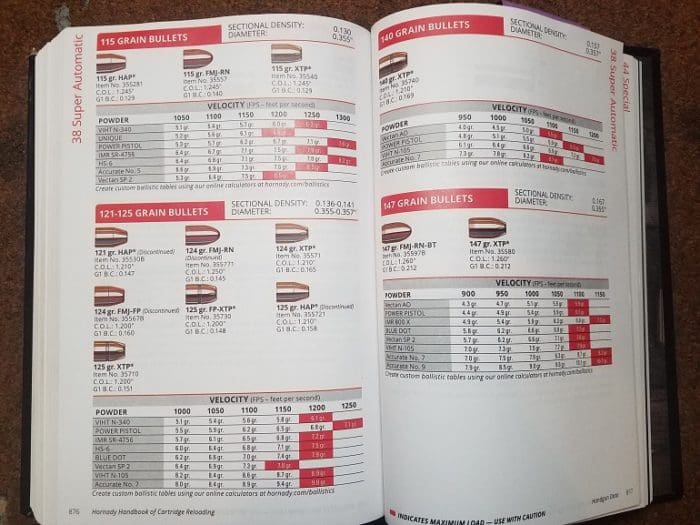
Within the pages of various manuals, you’ll find definitive load data with thousands of different variable component combinations. With nothing other than the manuals and some basic math skills, you can compare and contrast a dizzying array of cartridges.
You can look and see what cartridges produce comparable results, despite vastly different components. Or you can compare and see how similar two differently-named cartridges really are, and why there are two such similar rounds in the first place.
Moreover, most reloading manuals include a series of charts beyond the raw loading data. These include relative burn rates of powders, universal drop tables, energy tables, and other useful data and formulas.
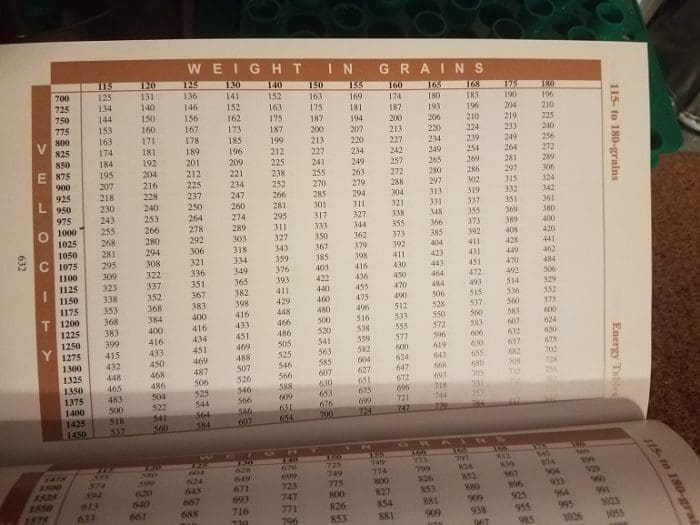
Even if you don’t care about the actual load data, the reloading manuals also have a detailed description of each cartridge, including measurements. Most will give you the history of the cartridge, especially if it was a cartridge developed by the manual’s publisher.
Reloading manuals often provide great information on the popular uses of each cartridges, as well as ideal loads and their performance characteristics.
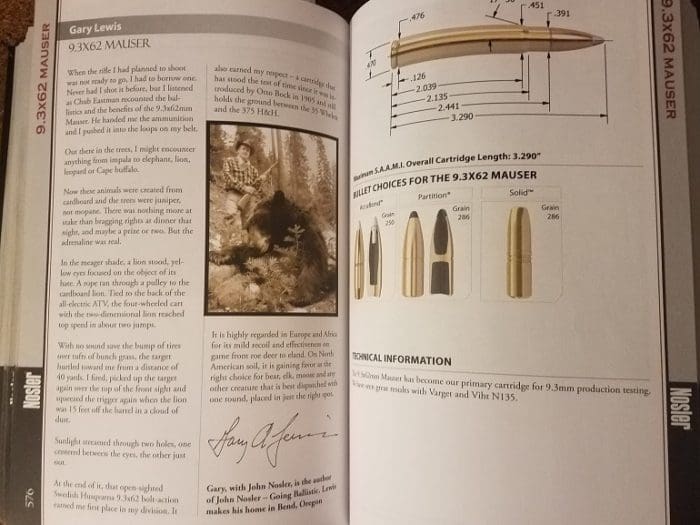
Each manual is a little different. Nosler is my favorite for their descriptions and stories, often written by prominent shooters and hunters. Hornady does a great job including a large number of calibers. Sierra provides a solid history of the development of the rounds. Lyman gives the reader helpful instructions on reloading for each cartridge, as well as a wide variety of projectiles and powders. And there are many others.
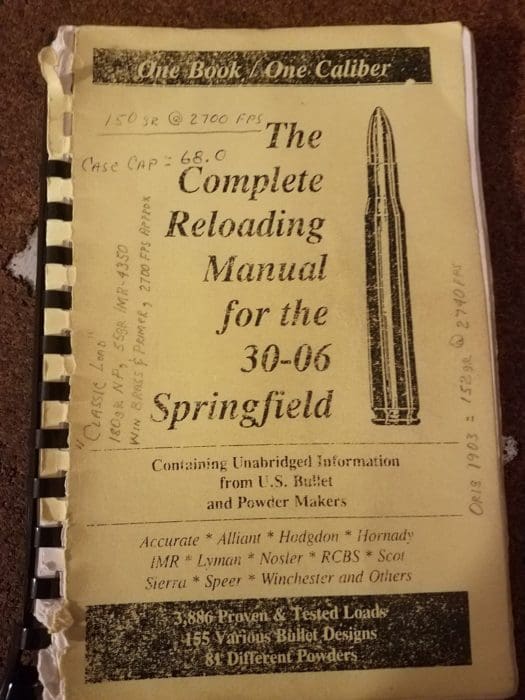
If you’re only interested in one particular cartridge, (although why anyone would be is beyond me) you can save yourself some money (and shelf space) by picking up one of the “One Book/One Caliber” comprehensive manuals published by Loadbooks, USA. Those little booklets are just what they sound like, including different recipes from the major manufactures in one convenient spiral-bound booklet.
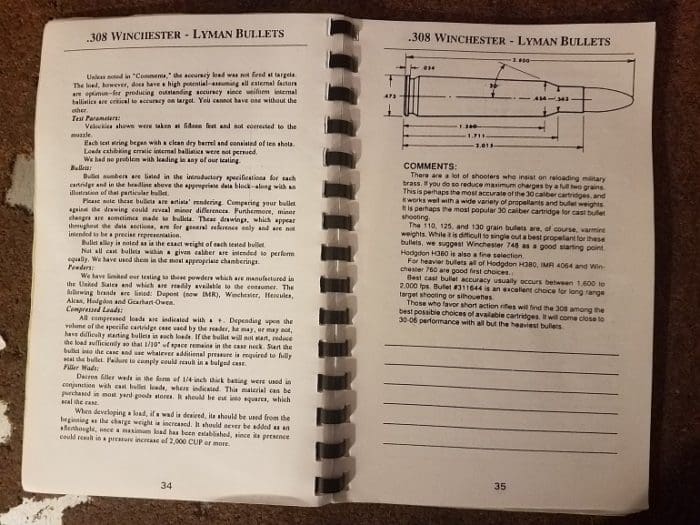
Although several companies have produced e-book versions of their manuals, I like to have the dead tree version around. After all, books still work when the power goes off.
Whether you reload your own ammunition or not, the reloading manuals are good reading, and can teach you a great deal about all kinds of ammunition and the firearms that shoot them. Pick up a reloading manual, (or if you are like me, all of them) and the next time we have a caliber war here at The Truth About Guns, you’ll have come to the battlefield well armed.

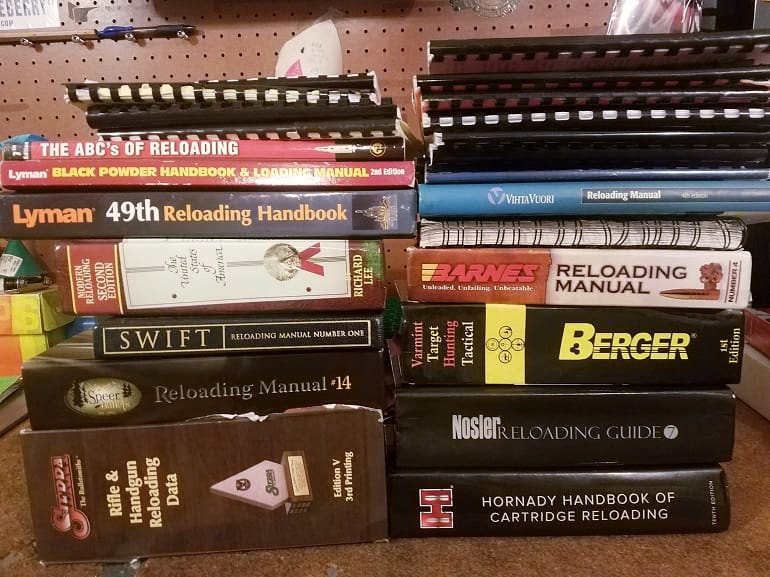



Jon, thanks on this. I hope you are planning on running a follow-up series on powder selection…
I guess I never considered reloading ammo without cousulting manuals and doing other research. Started with 12 ga around 1973 when I was shooting trap, now I do 4 shotgun gauges and 25-30 metallic. Interesting how over the years the loading I always used for service rifle match changed from 45 grains W748 down to claose to 43, same maker of bullets, newer manual. And yes, they were starting to stick in an M1A. Good to keep current and watch the signs over the years…
Remember that a powder formulation can change slightly over time due to increased quality of manufacturing tools and increased quality of the raw chemicals it is manufactured from. Older manuals can be interesting, but I tend to review load data from a newer book before I work up a new load, better safe than oops!
I have a whole wall of manuals,but I have to admit I usually just hit up a forum or Google to see what all the cool kids are loading for a specific use. For legacy type loads I try and stick as close as possible to the original recipe. 90% of what I shoot these days are wadcutters loaded to .38 levels in a .357 case though. I blind lucked my way into an unfortunately refinished Registered with a very low round count that I am happily pouring the rounds through. Makes me sad to look at it unless I’m behind the sights though.
I think it’s foolish to seek reloading advice from people you don’t know on the internet. If you’re going to consult such “experts,” then you should at least cross-reference those recipes with published data to make sure you’re in a safe range.
All the major bullet and power manufacturers have load data available on their own web sites. It’s free, and worth the time to look it up.
Just be aware that older manuals usually have alot hotter loads. My dad has used the Speer reloading manual #9 for over 40 years. When I bought my .40 pistol in 1996 we got a Hodgens manual so we could reload for my .40. We found that the light loads in the Speer manual were 10% hotter than the heaviest loads in the hodgens manual.
As Steven just said some manuals are now much lighter loads. My free reloading data sheet (came with each tin of power then) from 1980 is 20% lighter now for some loads in .223 in Hercules brand. Even the load I have used for the last 10 years is just over max for the last 3 years with ADI. It was well under when I started using it.
Some powders are better but a lot of it has to do with people who seem to think the maximum load is where you start and a “bit” more is not going to hurt. It takes a lot to blow up a modern rifle but it can be done.
I suspect that most kabooms are accidental double charges, not cartridges loaded too hot. Either that or Elmer Keith was a very lucky man.
If you do not own or have access to a chronograph, and you are lifting numbers from any reloading manual, you are living in a fantasy world.
Load data is developed with test barrels, long barrels, short barrels and maybe even wheel barrows. If the test gun is listed, the data given is only good for that firearm, that specific firearm. I have a load manual from the 70’s with a short comparison of several identical .357 magnum revolvers. The same manufacturer, the same model, the same barrel length, the same load. Velocities varied by 200 fps.
This is why you read the front half of the reloading manual before you start pouring powder. The velocities from test barrels are just that. Useful only for comparison with other loads in the same table. This reality doesn’t make the recipes any less useful.
As for chronographs, I think they are useful in a couple ways:
1) To measure consistency of a particular load. Varying velocities in a batch of ammo will affect medium to long range accuracy. Record every shot, use a spreadsheet to calculate the standard deviation, and compare it to other loads. Consistently slow is better than inconsistently fast.
2) To use in a ballistics calculator for printing up dope sheets for a particular load in a particular gun.
+1 on using the chronograph data with a ballistics calculator.
Well to answer the statement about why anyone would prefer the one book/one caliber, ok here:
I actually prefer the thought of “im reloading cartridge x so I grab the [insert color of appropriate book here] one” to the idea of “ok let me wade through 500-1000 pages to find the three to five pages I need”. But that’s just me.
A photocopier, a highlighter and a bulletin board can solve your problem for you.
I have the last Hornady manual (they just came out with a new one). Under 6.5 Creedmoor they tout it as ‘possibly the most versatile cartridge ever’ or some such nonsense, but under .260 Rem it’s like ‘meh, it’s a .260, who cares?’ Bias much?
In my limited experience, the thing that confuses me the most is that different published sources have different load recipes for the same cartridge, right down to the DNE max load. Lee seems to be the lightest of the ones I’ve looked at so far. And then of course, most manuals list only some powders, or don’t list a load with the type bullet you intend to use, or most confusing of all, list different loads for the same weight but different type bullets (e.g., lead versus fmj, FMJ versus HPs, RNFP versus RN FMJ etc etc.)
I hear what you are saying.
Prior to the great ammo drought of 2013 I pretty much loaded whatever I had decided was my preferred loads straight from one of my manuals but, when component selection became limited, I started to experiment a bit more out of necessity. During that period, I used a much wider range of powders and bullets and had to hunt around a bit for recipes that fit my available ingredients. That’s not been an entirely bad thing. I’ve ended up with more manuals for one thing and also ended up spending more time figuring out things like overall lengths for cartridges that are tailored to my rifles. I also bought a decent sized stockpile of old, but good, components from gun shows and other sources. One of my best finds was several hundred old Sierra Game King .277 140g BTHP bullets. As it turns out, my old Savage 110 in .270 Win loves them.
Load data are all opinions, and some are more conservative than others. That is why the data varies from book to book. Each bullet manufacturer makes their reloading manuals for their bullets, so don’t expect to find data on the Sierra Matchkings in a Nosler Manual, or vice versa. Each maker will tend to cover only their own product.
Also, all firearms are different, so in any load, be a little cautious and work up to whatever it is that they choose to call a “maximum load”, while watching for pressure signs.
IMO the fired primer gives the best indications of overpressure. Putting a micrometer on the diameter of the case head is also good, but tends to be a trifle late; e.i. by the time you see a half thousandth of case head expansion, you can know that load was too hot, but those cases are already history by then. It’s worth the time spent developing an eye for the pressure seen by fired primers.
Making ammo for a Vetterli in .41 swiss is a bitch
Esp. since its a rimfire. One can change it into a centerfire, if one doesn’t mind modifying the gun. There are many videos on YT about the conversion. At least there are right now. One never knows what YT is going to censor next…
Who you callin’ an unwashed heathen. I took a bath last Saturday like every good God fearin’ person.
Why are those things so thick? How much space does it take to say: “6.5 UberCreed is the One True Cartridge, and you can’t load it wrong.”
There can be only one, right?
Have a one book/one caliber for every cartridge I reload and a few for neighbors favorite guns too.
Sierra rifle “accuracy load” data is spot on most times. Takes a lot guess work out of it. Just wish they would really update their manual with new testing on new rifles. Remington 600, really?
Comments are closed.